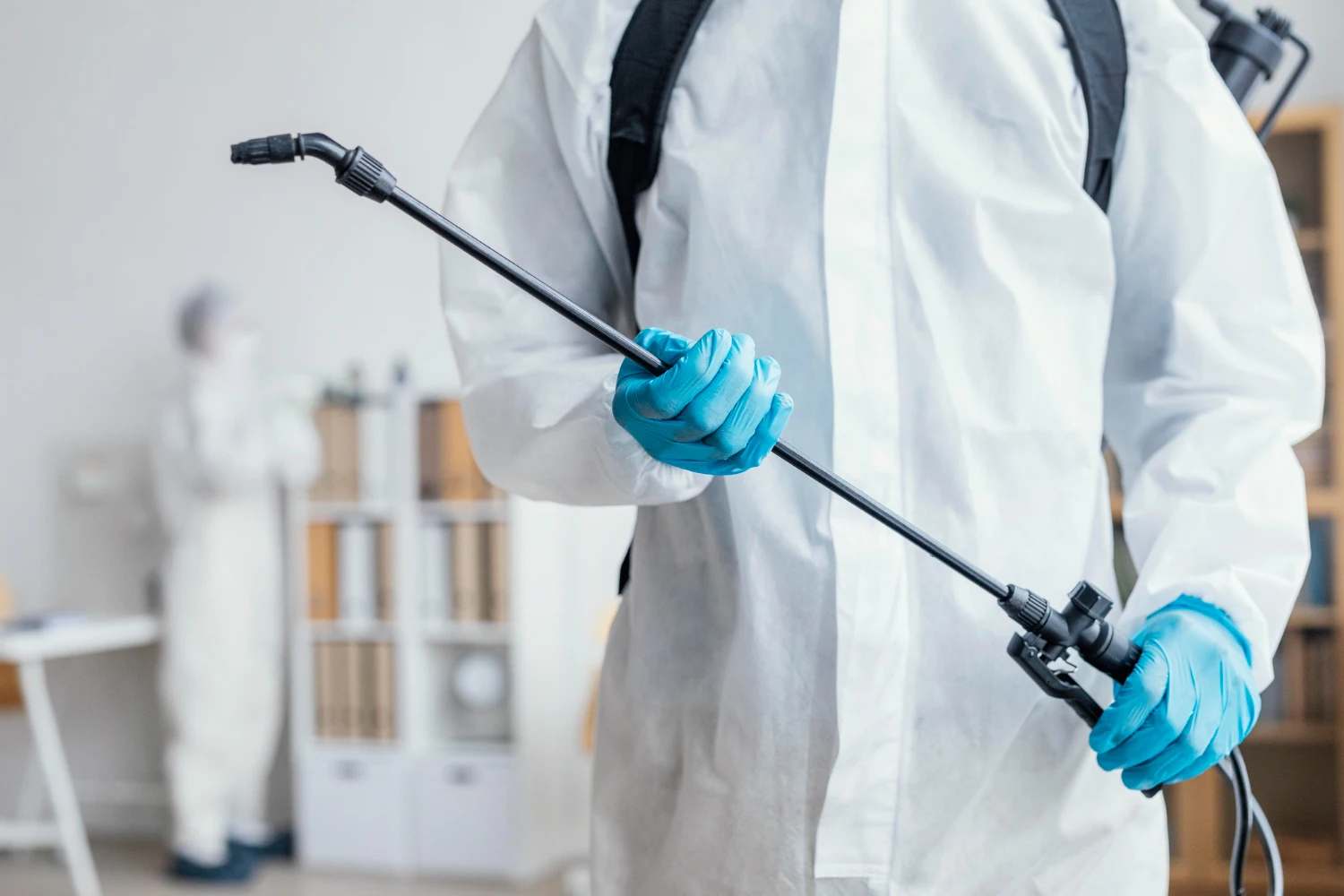Mold remediation can be a complex process that requires specialized equipment and expertise. It’s so important to seek the help of a professional mold remediation company like; Kleen Condition , bacause they follow strict protocols to contain the affected area, remove contaminated materials, clean surfaces and air ducts, and dry the area thoroughly. Especially if the affected area is larger than 10 square feet.
When is Mold Remediation Required?
So asking When is mold remediation required? look into you house. When there is a significant mold problem in a building that poses health risks to occupants or causes damage to the building. If you see visible mold growth on surfaces such as walls, ceilings, or floors, or if you notice a musty odor, it’s time to consider mold remediation. Mold growth can occur as a result of water damage, high humidity, or poor ventilation.
How Does a Retractable Awning Work?
Retractable awnings work by using a system of arms and a torsion bar to extend and retract the fabric canopy. When the awning is extended, the arms and bar create tension that holds the canopy in place. When the awning is retracted, the tension is released, and the canopy rolls up onto a roller that is mounted on the frame.
What is Involved with Mold Remediation?
Mold remediation involves identifying the extent of mold growth through visual inspections and air quality testing, developing a plan to remove the mold, and safely and thoroughly removing it from the building. The goal is to prevent the mold from recurring while ensuring the safety of occupants and workers during the process.
Who Pays for Mold Remediation?
However, if the mold growth is the result of neglect or failure to maintain the property, the property owner or occupant may be responsible for the cost of remediation. It’s best to check with your insurance provider and legal counsel to determine who is responsible for the cost of mold remediation in your specific situation.
Is Mold Remediation Dangerous?
Attempting to remove mold on your own can be dangerous because it can expose you to mold spores and other hazardous materials, such as chemicals used in cleaning. Exposure to mold spores can cause respiratory problems, allergies, and other health issues. hat’s why it’s important to have a professional mold remediation company, because it can be only done safely by professionals who wear protective equipment and use specialized tools to remove mold and prevent its spread.
Is Mold Remediation Worth it?
Yes, Mold remediation is worth it because it prevents health problems caused by exposure to mold and protects the value of the property. By doing so, it can improve the safety and health of occupants and prevent further damage to the building.
How to Prepare for Mold Remediation?
To prepare for mold remediation, it’s important to first consult with a professional mold remediation company to understand their specific requirements and recommendations. However, some general steps that can be taken to prepare for mold remediation include:
Clear the area: Move any furniture or belongings out of the affected area to allow for easy access for the remediation team.
Seal off the area: The remediation team will seal off the area to prevent mold spores from spreading to other parts of the building.
Turn off HVAC systems: Turn off all heating, ventilation, and air conditioning systems to prevent the spread of mold spores through the air.
Wear protective gear: If you plan to enter the affected area before remediation, be sure to wear protective gear, such as gloves, goggles, and a respirator.
Inform occupants: Inform any occupants of the building about the mold remediation process and any precautions they need to take.
Follow remediation company’s instructions: Follow the instructions of the professional mold remediation company to ensure a safe and effective remediation process.
Conclusion:
In conclusion, mold remediation is an important process for addressing mold growth in buildings. It’s necessary to prevent health problems caused by exposure to mold and protect the value of the property. By preparing for mold remediation, following the instructions of the professional remediation company, and taking necessary precautions, the process can be safe and effective. If you suspect mold growth in your building, it’s important to consult with a professional mold remediation company to assess the extent of the problem and determine the best course of action.

